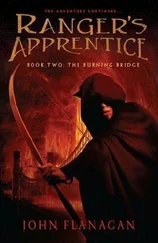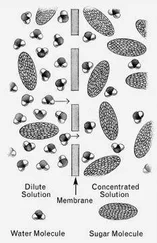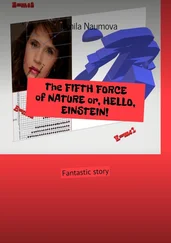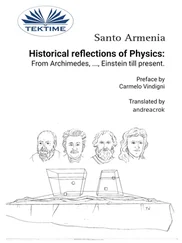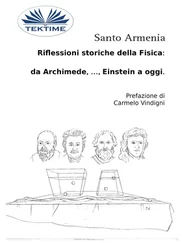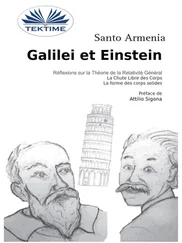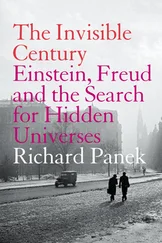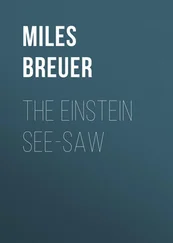Suppose he had an adverse reaction, perhaps convulsions requiring hospitalization. He could visualize them carrying him out of the building on a stretcher while his colleagues looked on. He could not tell them what he’d done. He’d been very stupid to inject himself with a drug that had only been tried on rats and monkeys. Perhaps he was feeling a bit ill. He extended his hand and studied it to see if it was shaking. It was, a bit.
There was a knock at his closed office door. Roger jumped, feeling he’d been caught in some unclean act. He glanced at his watch. It was 1:50. Who could it be? He stood, now feeling a bit shaky, and walked to the door. He opened it carefully, hoping that he looked more calm than he felt.
Roger was surprised to see George Griffin, the chap he’d met at CERN a few weeks ago. They’d had lunch at the CERN cafeteria and later gone to dinner at the Pizza d’Oro in Meyrin. They had ended the evening trading beers, jokes, philosophy, and personal histories.
George was an experimentalist with the LEM collaboration here. He was older, perhaps forty-five, and had held a string of research positions at CERN and Fermilab before he landed his present tenured faculty job at a big university somewhere on the north Pacific coast of the United States. Was it Oregon? Roger couldn’t remember. “Hello, George,” he said more cheerfully than he felt. “Good to see you again.”
“Good afternoon, Roger,” said George. “Welcome to Waxahachie. How do you like the New World?”
“I like it well enough, so far,” said Roger. “How are you? We must do a bit of pub crawling soon, assuming we can find crawlable pubs in this arid landscape.”
“My informants tell me,” said George, “that in Texas pub crawling is called ‘juking.’ It has to do with moving from one juke joint to the next until you must stop because you either run out of quarters or can’t make it back up on your horse.” He grinned.
Roger laughed. He had difficulty in imagining George sharing the same roof with a functioning jukebox.
“But actually, Roger, I dropped by to ask you a theoretical question. Is this a good time?”
Roger glanced quickly at his desk drawer. Yes, it was indeed closed and locked. “Of course,” he said and stood aside to offer George a chair. He glanced at his workstation screen. “Actually, I’ve just finished a project.” As Roger sat at his own desk chair, he noticed that the tingling feeling had migrated from his thigh up to the base of his spine. He could feel the twitching of muscles in his buttocks. He looked across at George. “What’s up?” he asked.
“I’ve only had about four hours’ sleep since my night shift, but I need to talk to someone. I’ve been puzzling over a very peculiar collision event that the LEM detector recorded in the wee hours this morning,” he said. “It cannot plausibly have been produced by the usual suspects, event pileup or equipment failure, yet it violates several of my favorite laws of physics. It seems to be legitimate.”
Roger rubbed his chin. “So the laws of physics were overthrown overnight?” he said. “I hadn’t heard, George. You must tell me about it.” The twitching sensation was moving progressively up his spine. But now it felt rather pleasant, like a back rub.
George described the LEM event and showed Roger the colorful hardcopy details of the event’s characteristics, graphs, histograms,tables.
Roger thumbed through the sheets of printout. It was very complex, and the format was unfamiliar. But somehow he was able to grasp the densely packed information on each page almost at a glance. As he did this, a remote corner of his consciousness was considering model after model that might explain the data and rejecting each in turn as inappropriate. It was quite enjoyable. Roger was beginning to feel very good as he warmed to the task.
There was a multitude of models to sort through. Three generations of particle theorists had made it their business to fill the physics literature with every possible twist on what at any given time was called “the standard model.” Every conceivable variation that could be wedged into an unoccupied corner of “theory space” had been published and promoted by its progenitor. It had been a gold rush of ideas. The losing theorists had their papers published, perhaps had their ideas tested against reality by some hyperactive experimental group, and usually had their work listed a few times in the Citation Index. The winners, those with enough of “the right stuff” to hit upon a combination of theoretical ideas that happened to map, at least momentarily, into the actual structure of the physical universe, became famous, received Nobel prizes, were given endowed chairs in physics, and were asked to sign numerous petitions expressing outrage at or support for various social and political issues and causes.
But the forward march of particle physics had left in its wake a vast array of theoretical ideas and formalisms that were relegated to the limbo of untestable theories. These were neither confirmed nor falsified, neither accepted nor rejected because, at any given time, there was no feasible way to test them. It was these theories that Roger was somehow dredging up from his voracious reading of the physics literature, was comparing one at a time to George’s event, and was tossing aside, one by one.
Finally Roger paused. “Perhaps your collision event only acted as the trigger for something else,” he said quietly. “Perhaps it was a stimulated emission.”
“Stimulated emission?” George said. “You mean like a laser?”
“Yes,” said Roger. “In a way. To make a laser work, you have to create a population inversion, to kick most of the available atoms up into an excited state where they hang, all ready to emit a photon. Then, if a photon like the ones that the atoms are trying to make happens to pass by, it triggers some atom to emit and you get a second photon. And the two of them can trigger more, and so on.
“What I was thinking is that your event, assuming it isn’t some detector fluke, may have triggered some otherwise exceedingly rare process that made the track with all the jets. Your collision didn’t make your peculiar massive particle. It only triggered the process that created it, perhaps out of the vacuum itself.”
George frowned and was silent for a time. “Okay,” he said at last, “but I don’t see how that solves the problem of violating energy and momentum conservation. You’re saying that the energy came from the vacuum?”
Roger shrugged. “If you didn’t know the population inversion was there in a laser, the photons would seem to come from nowhere and you would think that energy conservation was being violated. Do you recall how Pauli deduced the existence of the neutrino?”
George shook his head.
“In the 1930s measurements of beta decay processes seemed to be indicating violations of energy conservation, momentum conservation, and spin conservation, all at once. So Pauli invented the neutrino, a neutral particle that carried off the missing energy, momentum, and spin, and at a stroke fixed all the conservation laws.
“Now, Pauli’s neutrino was in the final state. Suppose there’s something large, neutral, and energetic, perhaps dark matter, hanging there in an initial state. Your central collision, with its enormous energy density, triggers that system into emitting your particle.”
“Really?” said George. “Is there any theoretical basis for such an object?”
Roger laughed. As he did so, he felt his neck and back muscles twitch again. “Surely you jest,” he said. “I could reel off a dozen hypothetical particles that could be pressed into service. It’s definitely strongly interacting. From the jets it’s producing it must be producing color ionization, kicking loose quarks as it goes by the way a charged particle kicks loose electrons with its electric field.
Читать дальше



